Even the tiniest outdoor spaces can become vibrant havens for local birdlife with thoughtful planning and design. Creating a bird-friendly corner in your small yard not only supports biodiversity and conservation efforts but also rewards you with delightful bird watching opportunities right outside your window. Birds bring natural pest control, cheerful songs, and a connection to nature that can enhance your wellbeing and transform your compact outdoor space into a thriving ecosystem. This guide will walk you through practical steps to create an inviting sanctuary for feathered visitors, regardless of your yard’s size constraints.
Understanding Your Local Bird Species
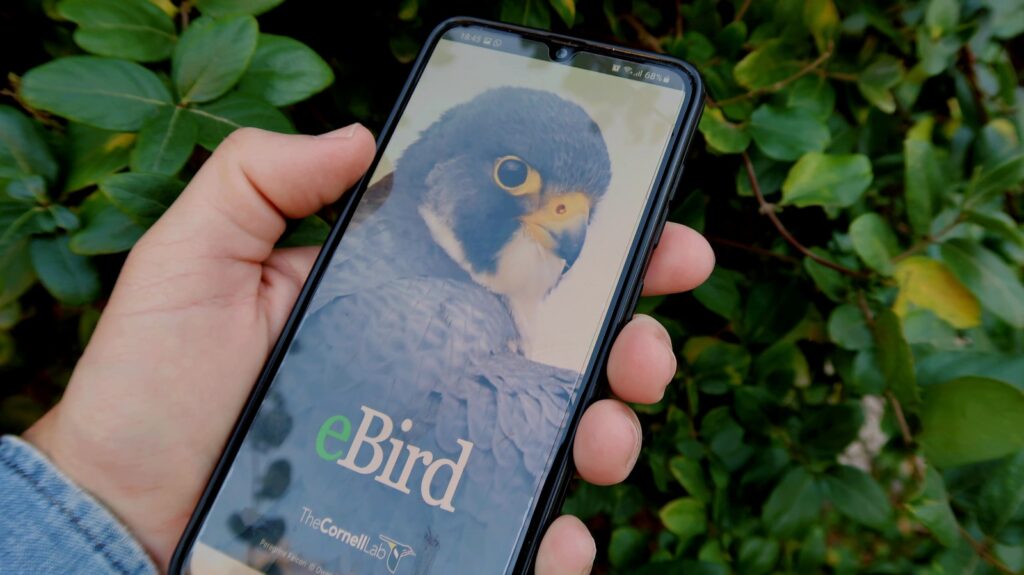
Before designing your bird-friendly corner, research the native bird species in your region to understand their specific needs and preferences. Different birds are attracted to different features – some prefer open feeding areas while others need dense shrubs for protection. Contact local bird watching groups, nature centers, or use apps like Merlin Bird ID or eBird to identify common visitors to your neighborhood. Learning about seasonal patterns is equally important, as your yard may host different species during migration periods versus year-round residents. This foundational knowledge ensures your design efforts will actually attract the birds that naturally inhabit your area rather than creating a space that goes unused.
Maximizing Vertical Space
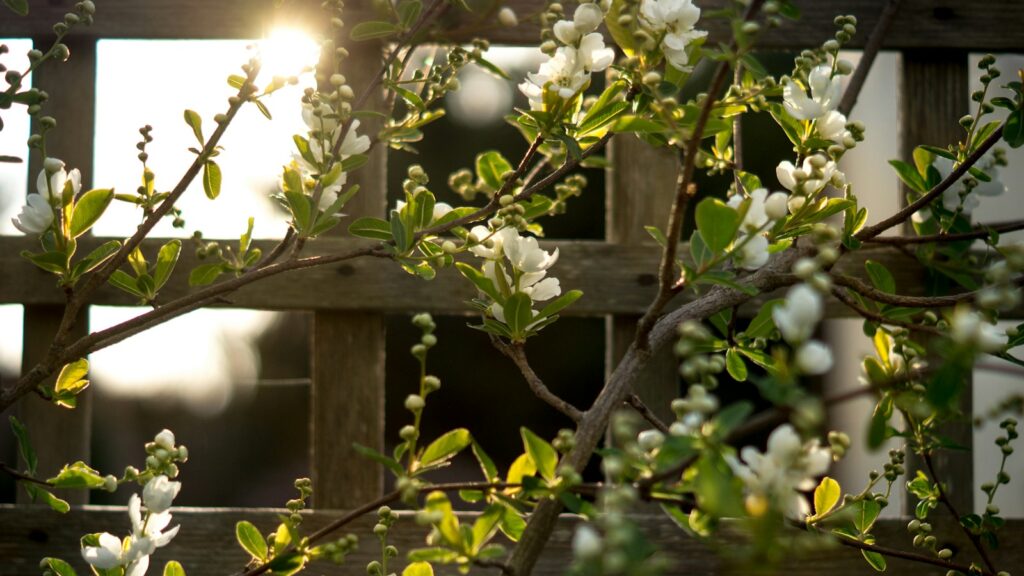
Small yards require strategic use of vertical space to create layered habitats that birds can utilize. Consider installing wall-mounted planters, trellises with climbing plants, or tiered plant stands to create different levels for birds to perch, feed, and nest. Vertical gardening not only saves precious ground space but also mimics the natural forest layers that many bird species navigate in the wild. Attach birdhouses at appropriate heights – typically 5-30 feet depending on the target species – on walls, fence posts, or sturdy poles. Remember that some birds prefer open spaces beneath perches to spot predators, so maintain clear sightlines in portions of your vertical design to accommodate these species’ safety needs.
Selecting Bird-Friendly Plants
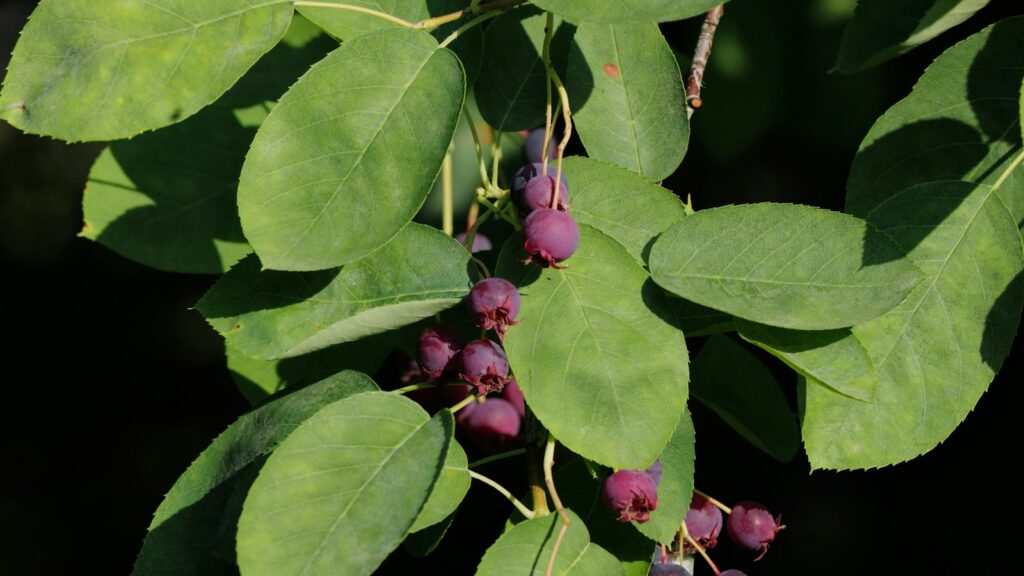
Native plants form the foundation of any successful bird habitat, providing food, shelter, and nesting materials that align with local birds’ evolutionary needs. Choose compact varieties of native trees and shrubs that produce berries, seeds, or attract insects that birds feed on. Plants like dwarf serviceberry, compact viburnum varieties, or native perennials like coneflowers and black-eyed Susans offer high wildlife value without overwhelming small spaces. Aim for diversity in plant selection to attract various bird species and provide food throughout different seasons. Even in the smallest yards, container gardens with carefully selected native plants can support impressive bird diversity while maintaining an aesthetically pleasing design that works within your space constraints.
Creating a Water Source
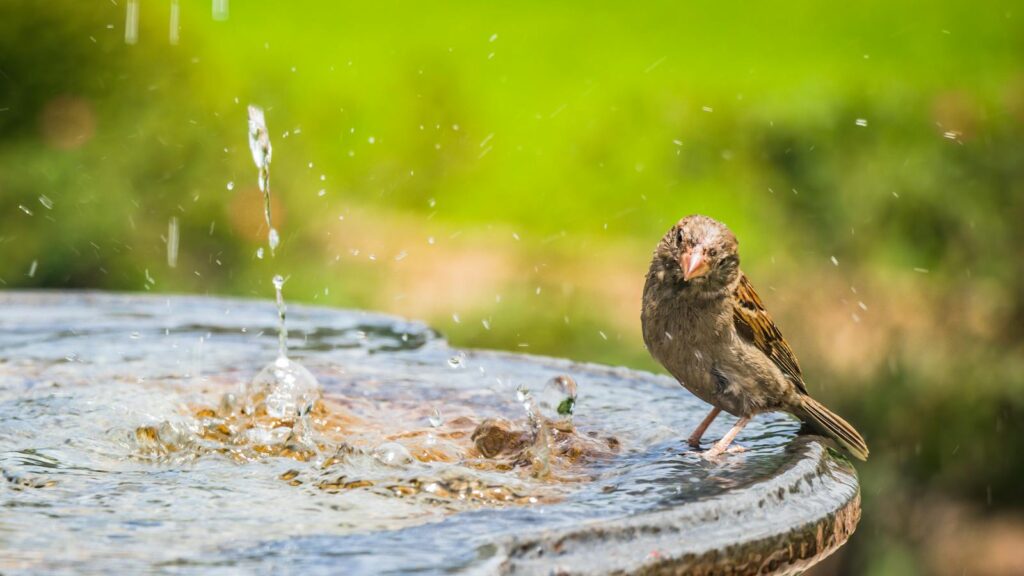
Water features act as powerful bird magnets, often attracting species that might not visit feeders. In small yards, even a shallow bird bath on a pedestal, wall-mounted basin, or compact circulating fountain can serve this purpose effectively. Ensure your water feature has varying depths (with some areas no deeper than 1-2 inches) and rough surfaces for birds to grip while drinking or bathing. Moving water, achieved through simple solar bubblers or small circulation pumps, is particularly attractive to birds and helps prevent mosquito breeding. Position your water source near shrubs or trees that provide quick escape routes but not so close that predators can hide nearby. During freezing weather, consider using a bird bath heater to provide this crucial resource when natural water sources are frozen.
Choosing Space-Efficient Feeders
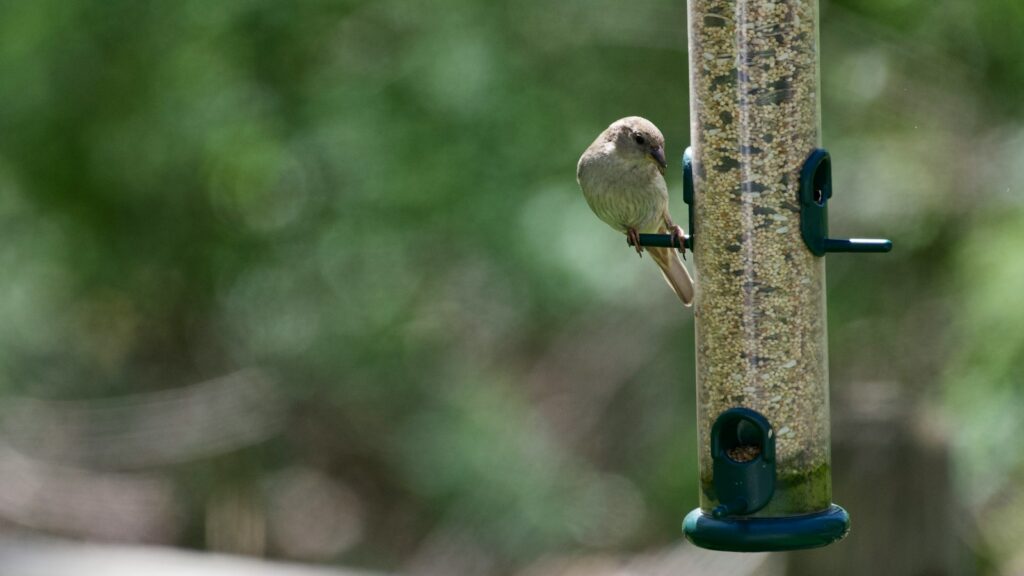
Strategic feeder selection and placement can transform even the smallest corner into a bird feeding station. Window-mounted feeders, hanging options that utilize vertical space, or compact pole systems with multiple feeding stations maximize your limited footprint. Different feeder types attract different birds – tube feeders work well for finches and chickadees, platform feeders attract cardinals and jays, while suet cages bring in woodpeckers. In tight spaces, opt for feeders with built-in catch trays to minimize seed waste and prevent unwanted ground-feeding wildlife. Position feeders at different heights to reduce competition and allow different species to feed simultaneously, creating a more diverse bird community in your small space while minimizing territorial conflicts.
Incorporating Nesting Opportunities
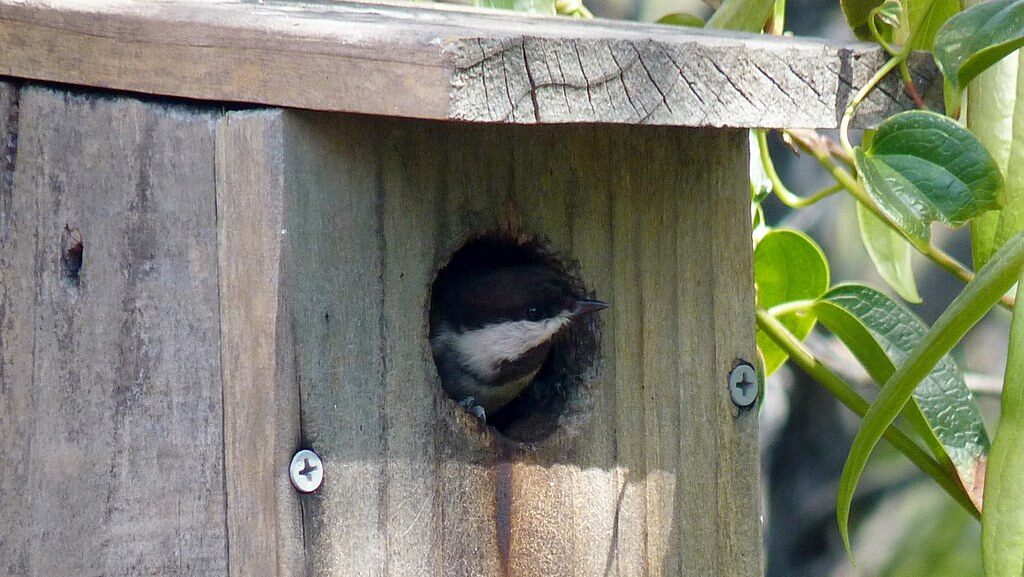
Providing nesting sites encourages birds to become regular residents rather than occasional visitors to your yard. Select appropriate birdhouses designed for species common to your area, paying attention to entrance hole size, interior dimensions, and mounting height recommendations. In small yards, nest boxes can be mounted on walls, fences, or even the sides of your home if properly positioned away from high traffic areas. Leave small piles of nesting materials like pet fur, small twigs, dried grass, or specialized nesting material dispensers mounted near your bird corner. Some birds, like robins and phoebes, prefer nesting shelves rather than enclosed boxes, so consider these space-efficient alternatives that can be mounted under eaves or on walls to diversify your nesting opportunities.
Creating Multi-Purpose Habitat Features
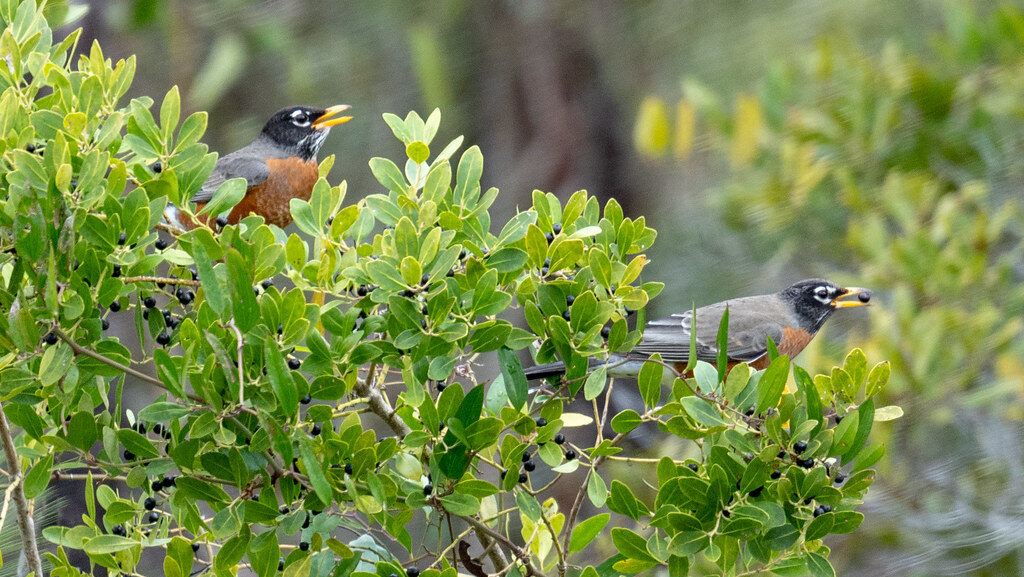
In small spaces, each element should serve multiple functions for both birds and humans. A compact water feature might also serve as an attractive focal point in your garden design. Native shrubs provide birds with berries while offering you visual screening and seasonal interest. Consider installing a decorative trellis that supports both climbing plants for birds and creates an attractive vertical garden element. Bird-friendly garden ornaments like artistic branch perches or decorative stacked stone features can provide landing spots for birds while enhancing your garden aesthetics. This integrated approach ensures your bird corner remains a harmonious part of your overall yard design rather than feeling like a separate utilitarian area that disrupts your limited space.
Establishing Safe Cover
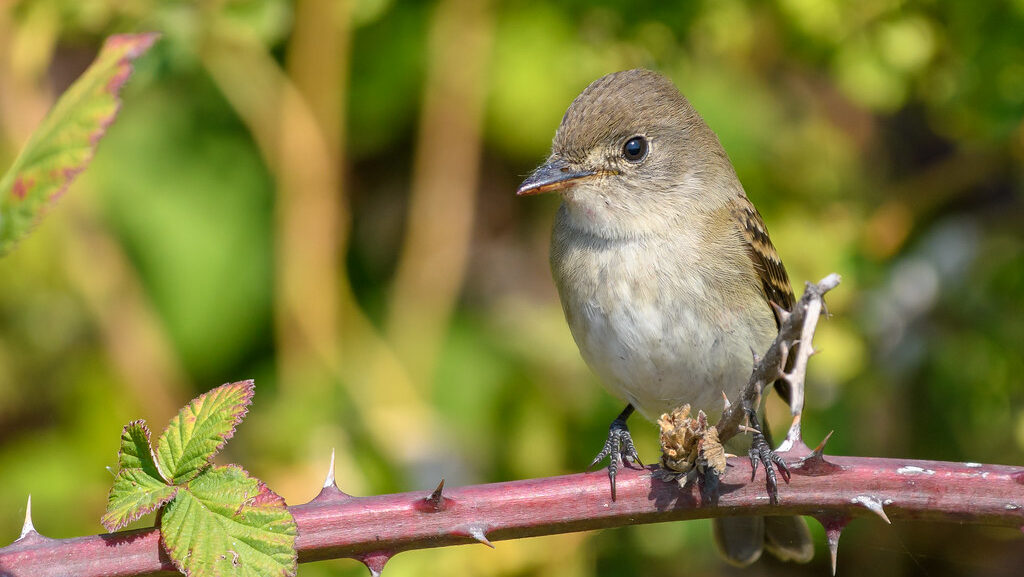
Birds need protective cover to feel secure when visiting your yard, especially when predators like neighborhood cats may be present. Dense, thorny shrubs like compact barberry varieties or dwarf evergreens provide excellent protection while fitting in small spaces. Position these protective plants near feeding or bathing areas so birds have quick escape routes when feeling threatened. Brush piles made from fallen branches and twigs, artfully arranged in a corner, create valuable shelter while providing a natural garden aesthetic. Even small ornamental grasses or perennials planted in clusters can provide adequate cover for ground-feeding birds like sparrows and juncos, allowing them to quickly duck into vegetation when startled without requiring significant space dedication.
Managing Predator Concerns
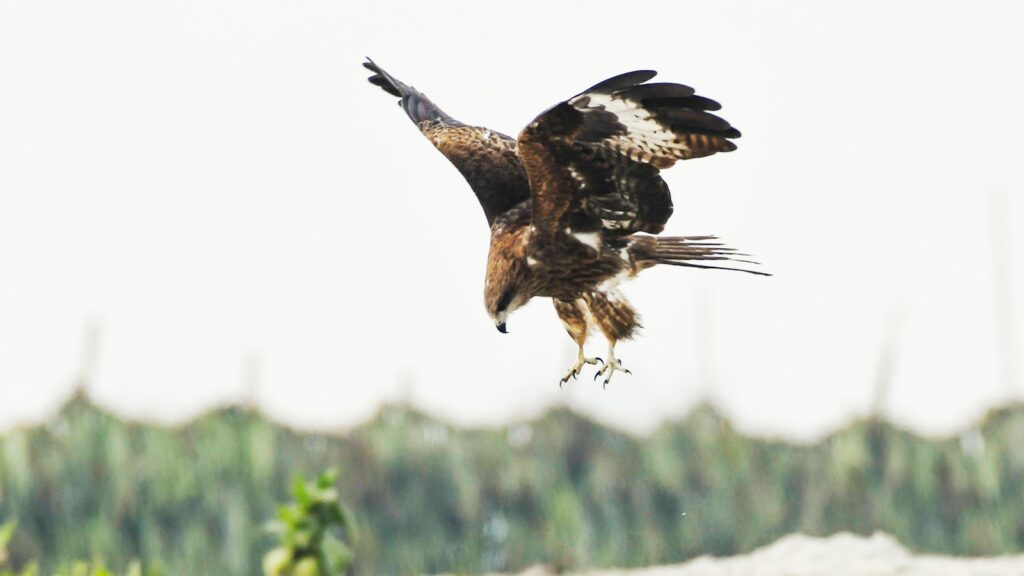
Small yards often come with increased proximity to potential bird predators, particularly outdoor cats and hawks. Position feeding stations at least 10-15 feet from dense shrubs where cats might hide, but close enough to cover that birds can quickly retreat if threatened. Consider using a cat deterrent system like motion-activated sprinklers in areas where neighborhood cats frequently visit. Protect ground-feeding birds by using elevated platform feeders rather than scattering seed directly on the ground where cats can easily ambush them. If hawks are a concern, provide covered feeding areas under awnings or partial roofs that still allow birds to maintain visibility of their surroundings while being protected from aerial predators hunting from above.
Minimizing Environmental Hazards
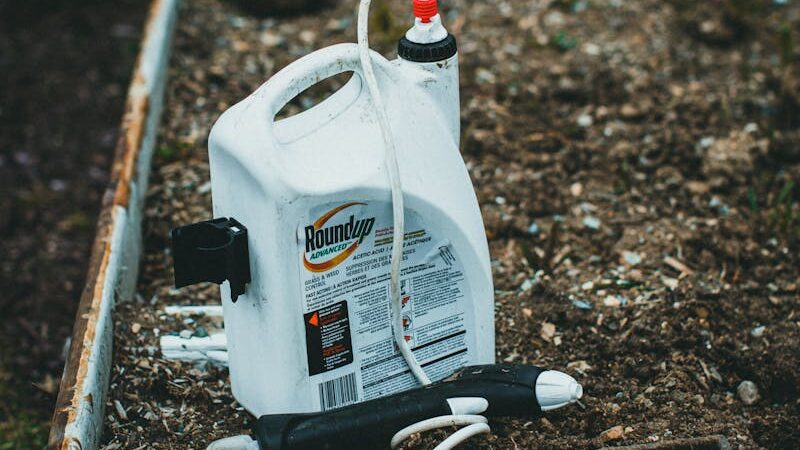
Creating a truly bird-friendly space means eliminating common hazards that threaten birds in urban and suburban environments. Avoid using chemical pesticides and herbicides that can poison birds directly or eliminate their insect food sources. If your bird corner includes windows, apply bird-friendly window treatments like decals, screens, or external blinds to prevent potentially fatal collisions. Keep bird feeders clean to prevent the spread of diseases – in small spaces, this is particularly important as birds may congregate in higher densities. Consider installing protective baffles on feeder poles and removing lower tree branches to prevent squirrels and other predators from accessing bird feeding areas, which is particularly important in small yards where alternative feeding locations may be limited.
Incorporating Seasonal Adaptations
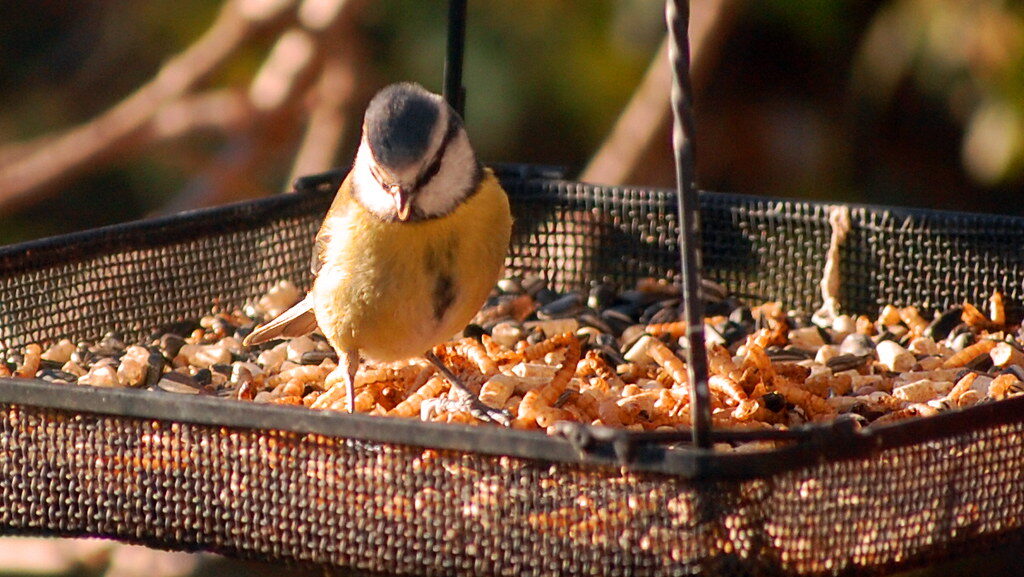
Small bird corners benefit from seasonal adjustments that maximize their appeal throughout the year. In spring, provide nesting materials and increase protein-rich foods like mealworms to support breeding birds. Summer may require consistent water source maintenance as birds seek relief from heat, while fall feeding should transition to higher-fat seed mixes as birds prepare for migration or winter. During winter months, rearrange elements to provide maximum sun exposure and wind protection, while ensuring water sources remain unfrozen. These seasonal adaptations ensure your small space remains valuable to birds year-round, accommodating their changing needs despite your limited square footage and maintaining consistent bird activity regardless of the season.
Creating Bird-Watching Stations
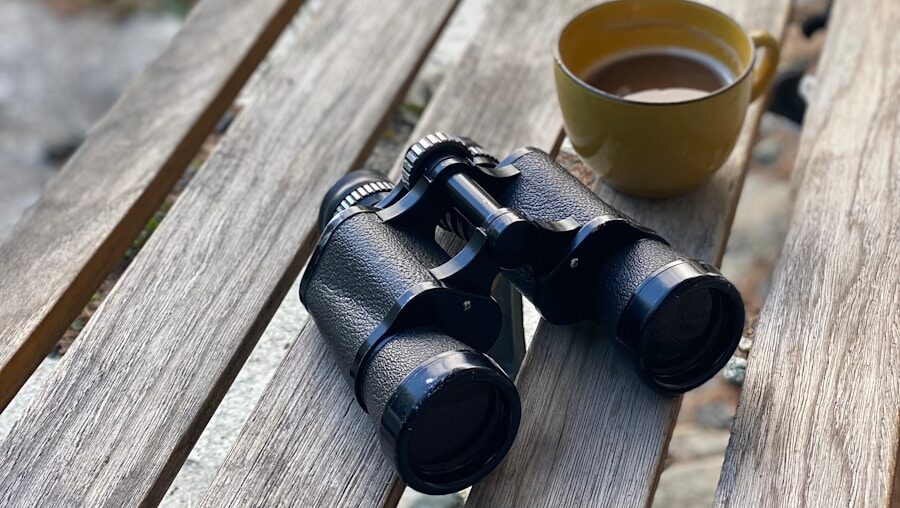
Integrate comfortable viewing areas that allow you to enjoy your bird visitors without disturbing them. Position a compact bench, chair, or even a designated window with a clear view of your bird corner. Consider installing a small blind or screen of plants that allows you to observe birds without being easily visible to them, reducing the likelihood that your presence will frighten them away. Keep a pair of binoculars and a field guide near your viewing area to enhance your bird watching experience. If space allows, create a small journaling station where you can record the species that visit your yard throughout the seasons, turning your bird-friendly corner into a citizen science opportunity that contributes to your enjoyment while potentially providing valuable data for local conservation efforts.
Balancing Aesthetics and Functionality
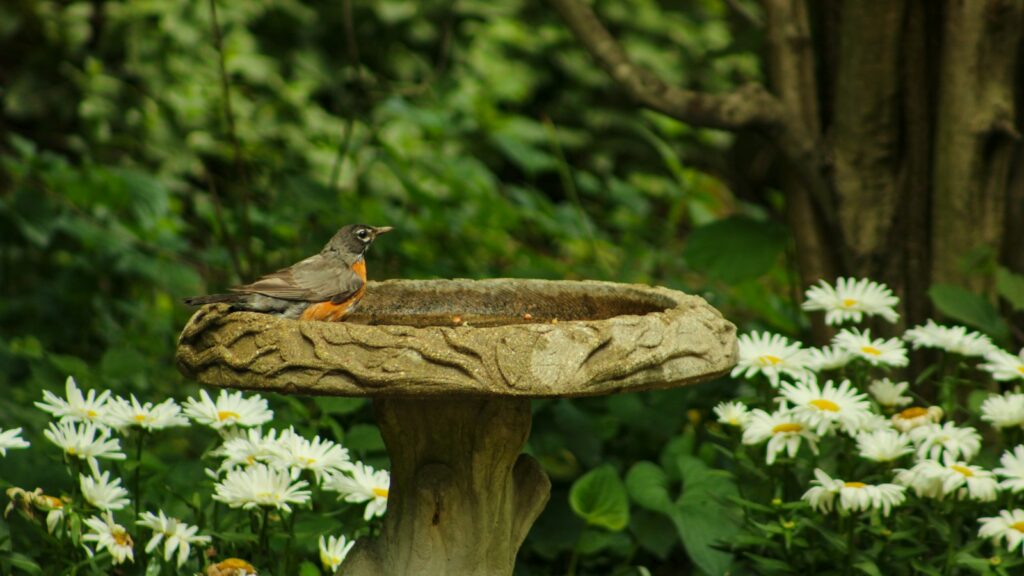
A bird-friendly corner doesn’t have to look wild or unkempt to be effective. Select feeders, birdhouses, and water features in styles and colors that complement your existing outdoor décor. Incorporate decorative elements like ornamental grasses, flowering perennials, or artistic garden stakes that enhance visual appeal while providing functional value to birds. Group plants and features in aesthetically pleasing arrangements that create focal points and visual interest for human observers. Consider seasonal color changes when selecting plants so your bird corner maintains visual appeal throughout the year. This thoughtful integration ensures your bird-friendly space enhances rather than detracts from your overall yard design, making it a welcome addition that adds both ecological and aesthetic value to your limited outdoor space.
Conclusion
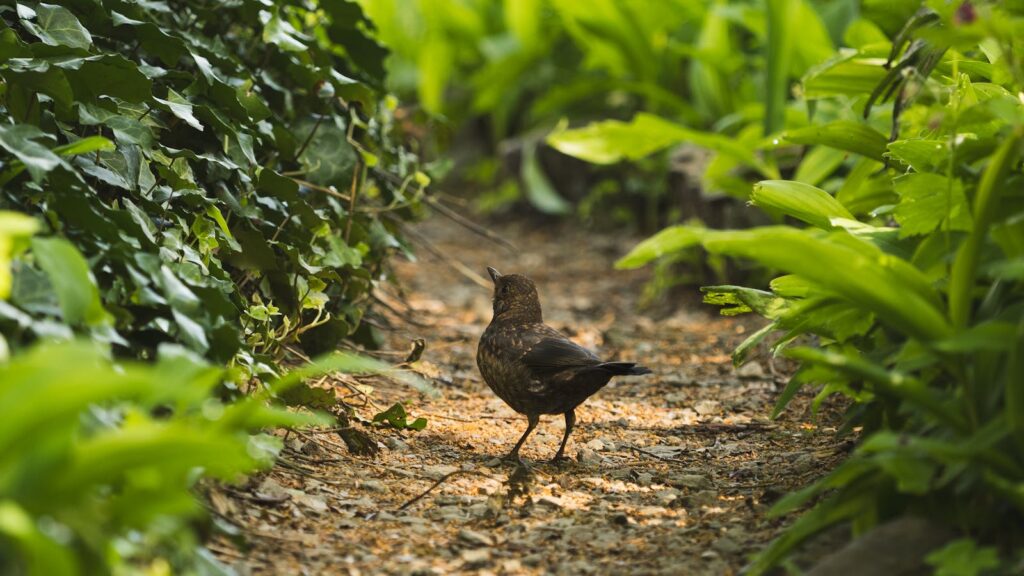
Creating a bird-friendly corner in a small yard demonstrates that meaningful conservation efforts don’t require vast spaces. By thoughtfully layering habitat elements vertically, choosing multi-functional features, and understanding the specific needs of your local bird species, even the tiniest outdoor areas can become vibrant ecosystems supporting diverse birdlife. Your compact bird sanctuary will reward you with daily connections to nature, seasonal changes to observe, and the satisfaction of creating a space that supports wildlife in increasingly urbanized environments. Remember that even small efforts contribute significantly to the patchwork of habitat that birds need to thrive in human-dominated landscapes, making your modest bird corner an important piece of the larger conservation puzzle.
